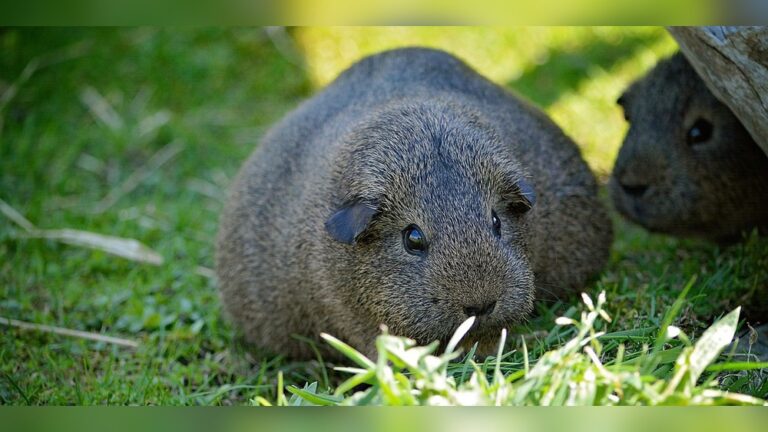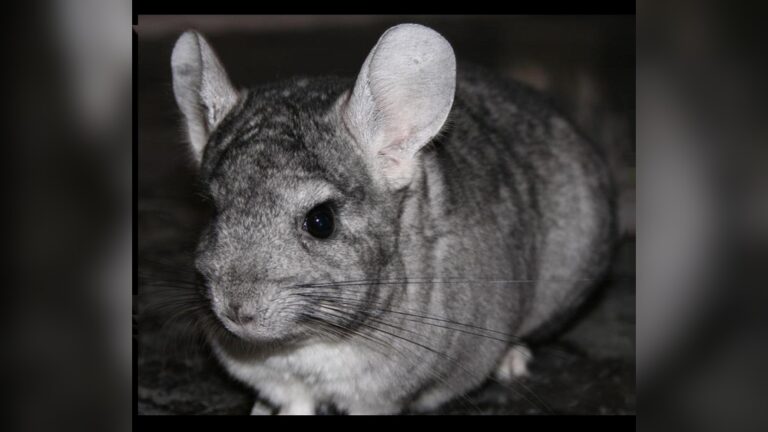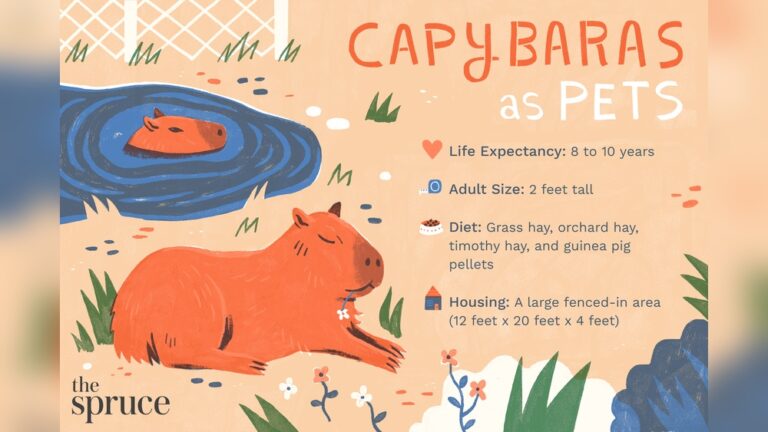What Do Capybaras Eat: Ultimate Guide to Their Diet and Habits
Have you ever wondered what capybaras eat? These gentle giants of the animal world have a unique diet that keeps them happy and healthy.
If you’re curious about what fuels these fascinating creatures, you’re in the right place. Understanding their eating habits can surprise you and even teach you something new about nature. Keep reading, and you’ll discover exactly what makes a capybara’s meal special—and why it matters to them every day.
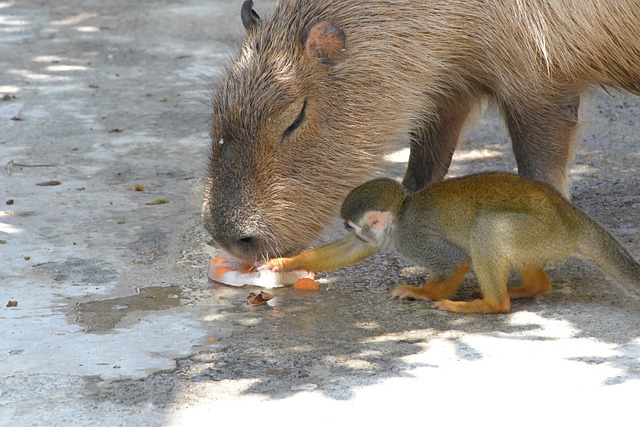
Credit: capybarafacts.com
Capybara Diet Basics
Capybaras are large rodents that live near water in South America. Their diet is mostly plants. They eat many types of vegetation to stay healthy. Understanding what capybaras eat helps us learn about their habits and needs.
They are herbivores, which means they only eat plants. Their teeth are perfect for chewing tough grasses and leaves. Capybaras spend a lot of time grazing to get enough food. Water is also very important to their diet since they live near rivers and lakes.
Natural Food Sources
Capybaras mainly eat grasses. These provide most of their nutrients. They also eat aquatic plants found in lakes and rivers. Sometimes, they eat fruits and tree bark. This variety helps them get a balanced diet. Eating soft plants helps with digestion.
Seasonal Variations
Capybara diets change with the seasons. In the rainy season, fresh grasses grow quickly. Capybaras eat more green plants at this time. During the dry season, food becomes harder to find. They eat dry grasses and tougher plants. This change helps them survive year-round.
Plants Capybaras Prefer
Capybaras mainly eat plants. Their diet consists mostly of green, leafy foods. They enjoy a variety of plants found near water and on land. These plants provide the nutrients capybaras need to stay healthy and active.
Capybaras prefer soft, easy-to-digest plants. Their strong teeth help them chew tough grasses and leaves. They spend much of their day eating to get enough food.
Grasses And Aquatic Plants
Grasses form the bulk of a capybara’s diet. They eat many types of grasses found in their natural habitat. Aquatic plants are also important. Capybaras often feed on water plants like water hyacinth and pondweed. These plants are rich in moisture, helping capybaras stay hydrated. Soft grasses and aquatic plants are easy to digest and full of fiber.
Fruits And Vegetables
Fruits and vegetables are treats for capybaras. They enjoy eating fruits like melons and apples. These fruits provide extra vitamins and natural sugars. Vegetables such as carrots and squash also appeal to them. These foods add variety and nutrients to their diet. Capybaras eat fruits and vegetables in small amounts to stay balanced.
Feeding Habits And Behavior
Capybaras have unique feeding habits and behaviors that suit their environment well. They spend a lot of time eating and resting near water. Their diet mainly consists of grasses and aquatic plants. Understanding how they eat helps us learn more about their daily life and social structure.
Grazing Patterns
Capybaras graze mostly during the early morning and late afternoon. They prefer fresh, green grasses found near water bodies. Their teeth grow continuously, so constant grazing keeps them healthy. They often eat short bites and chew slowly. This helps them digest tough plant fibers better.
Social Eating Dynamics
Capybaras are social animals and eat in groups. Group feeding offers safety from predators. They communicate softly while eating to stay connected. Dominant capybaras may eat first, but sharing is common. This group behavior strengthens bonds and reduces stress.

Credit: www.youtube.com
Capybaras In Captivity
Capybaras in captivity need a diet that mimics their natural eating habits. Their food must support health and digestion. Captive environments lack some natural plants, so their diet changes. Caretakers must ensure they get enough nutrients every day. Understanding what capybaras eat helps keep them happy and healthy.
Dietary Adjustments
In captivity, capybaras eat mostly grass and hay. Fresh grass is essential for their digestion. Hay serves as a good fiber source when grass is scarce. Some vegetables like carrots and sweet potatoes are added. These provide vitamins and keep their meals interesting. Avoid feeding them foods high in sugar or fat. Water must always be available for hydration.
Supplemental Foods
Supplemental foods help meet nutritional needs in captivity. Fruits like apples and melons can be given in small amounts. Leafy greens such as lettuce and kale add extra nutrients. Pellets made for herbivores may also be included. These supplements keep capybaras strong and active. Avoid feeding anything toxic or processed. Regular monitoring ensures they get a balanced diet.
Nutritional Needs
Capybaras have special nutritional needs that keep them healthy and active. Their diet mainly consists of plants, which provide essential nutrients. Understanding these needs helps in caring for them properly.
Two key factors in their diet are fiber and water. Both play a big role in their digestion and overall health.
Fiber Importance
Fiber is very important for capybaras. It helps their digestive system work well. They eat lots of grass and plants, which are high in fiber. This fiber moves food through their stomach and intestines. It keeps them from getting sick or constipated. Without enough fiber, capybaras can have serious health problems.
Water Intake
Water is vital for capybaras. They spend a lot of time near water sources. Drinking plenty of water helps them stay hydrated. It also supports their digestion and body functions. Capybaras need fresh, clean water every day. Without enough water, their health can quickly decline.
Common Feeding Challenges
Feeding capybaras comes with some common challenges. These animals need special care to stay healthy. Their diet must be balanced and safe. Owners must know what to avoid and how to manage their feeding habits. This section covers two key challenges: avoiding toxic plants and managing overfeeding.
Avoiding Toxic Plants
Capybaras eat many plants, but some are harmful. Toxic plants can make them sick or worse. Always check plants before offering them. Common toxic plants include nightshade and azaleas. Keep these plants away from capybara enclosures. Use safe grasses and vegetables instead. Regularly inspect the feeding area for new, unknown plants. If unsure, consult a vet or expert.
Managing Overfeeding
Capybaras love to eat, but too much is dangerous. Overfeeding can cause obesity and health problems. Control portion sizes and feeding times. Provide fresh water with every meal. Avoid high-calorie treats or snacks. Monitor their weight and activity levels. Adjust food amounts based on their needs and age. Consistent feeding routines help prevent overeating. Balance is key for their well-being.
Tips For Capybara Caretakers
Caring for a capybara means paying close attention to its diet. A healthy diet keeps capybaras happy and active. Caretakers need to know what foods help capybaras grow strong. Proper feeding also prevents health problems. Here are key tips for those who care for capybaras.
Creating A Balanced Diet
Capybaras eat mostly plants. Fresh grass is their favorite food. Provide good quality grass every day. Offer vegetables like carrots and sweet potatoes. These add nutrients and variety. Avoid giving too many fruits. Fruits have sugar and can cause stomach issues. Always provide clean water for drinking. A balanced diet helps capybaras stay healthy and energetic.
Monitoring Health Through Diet
Watch capybaras closely after changing their food. Check their eyes, fur, and energy levels. Soft or watery stools can mean diet problems. Weight loss or gain shows diet issues too. Keep a food diary to track what they eat. Consult a vet if you see signs of sickness. A good diet is a key part of capybara health care.
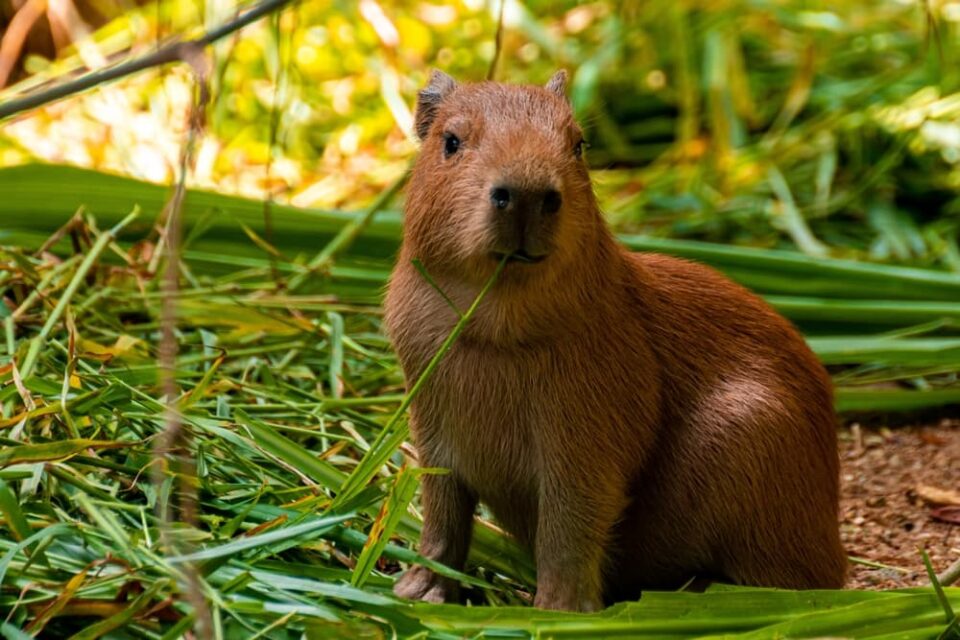
Credit: www.littlepassports.com
How Smart Pets Lover Can Help You with What Do Capybaras Eat
Learning from Capybara Feeding Habits: Practical Insights for Pet Enthusiasts
Understanding what do capybaras eat offers more than just curiosity—it’s a gateway to appreciating their unique feeding habits and nutritional needs. Observing their preference for certain plants and their natural grazing behavior can inspire pet parents to think more deeply about the diets of their own furry or feathered companions. For instance, just as capybaras thrive on fresh, fibrous plants, many pets benefit from diets that mimic their natural feeding patterns, promoting better digestion and overall well-being.
Incorporating these insights into daily care routines encourages a thoughtful approach, reminding us that nutrition goes hand-in-hand with behavior and environment. Caretakers can explore how feeding challenges are met in captivity, adapting lessons to ensure pets feel comfortable and content. At Smart Pets Lover, our mission is to help you feel confident and connected with your animals—because every feeding moment is an opportunity to bond and learn.
If you’re curious to dive deeper into capybara care or have questions about pet nutrition, feel free to reach out—knowledge shared is love multiplied.
Frequently Asked Questions
What Is The Primary Diet Of Capybaras?
Capybaras mainly eat grasses and aquatic plants. They prefer fresh, green vegetation found near water. They also consume fruits and tree bark occasionally for added nutrients.
Can Capybaras Eat Fruits Safely?
Yes, capybaras can eat fruits like melons and apples. Fruits provide natural sugars and vitamins. However, fruits should be given in moderation due to their sugar content.
Do Capybaras Eat Aquatic Plants?
Absolutely, aquatic plants form a big part of their diet. These plants help capybaras stay hydrated and provide essential nutrients. They often feed on plants growing near or in water.
How Often Do Capybaras Eat During The Day?
Capybaras graze for several hours daily, mainly during morning and evening. Their digestive system requires constant grazing for proper nutrient absorption and digestion.
Conclusion
Capybaras mainly eat grasses and aquatic plants. They enjoy fresh leaves, fruits, and bark too. Eating this way helps them stay healthy and hydrated. Their diet suits their natural habitat near water. Understanding what capybaras eat helps us care for them better.
It also shows how they fit into their ecosystem. Simple foods keep capybaras happy and active every day. Knowing their diet supports wildlife protection efforts worldwide.

